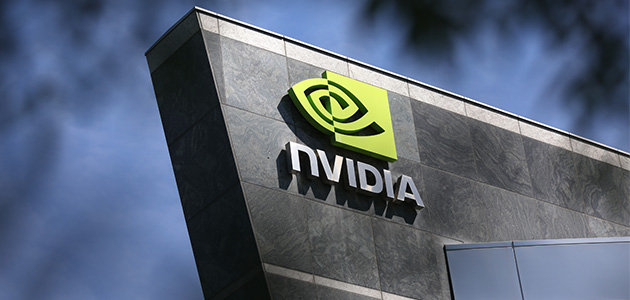
Managing the digital supply chain: make it easy.
Challenging and turbulent: perhaps, the most appropriate wordings to describe the latest 3 years

The COVID-19 pandemic, geopolitical tensions, worsening economic crisis, climate breakdown, cyber risks. All these caused to the essential changing of the economic and political landscape and as a corollary to this the forming of new consumer trends and expectations.
It should come as no surprise that the global trends have also affected to the tech ones.
In advance of the CloudFest, the number one Internet infrastructure event in the world, ASBIS together with NVIDIA, analyzed one of the main tech trend – digital supply chain – and directed how business can be ahead of these challenges.
Turn challenges into opportunities
The COVID-19 pandemic has fundamentally changed the processes in supply chains. Business faced with two main challenges: on the one hand, sharp increasing in online trading and delivery, changing in consumer patterns, but on the other hand, demand forecasting, lack of diversification of suppliers, increased load on logistics, outdated formats of interaction with counterparties and manual data processing. Suddenly, supply chain risk, visibility and resilience, that commonly were clubby topics, at once became one of the top issues in business conversations and on front pages of many mainstream media outlets.
In some instances, the supply issues are more of an inconvenience–waiting a few extra months to get that new Corvette won’t be the end of the world. For other products (think toilet paper or a replacement freezer), the supply crunch was and is a big deal.
It is easy to see the impact on consumers, but enterprises feel the pain of long lead times too. Consider Ethernet switches: Ethernet switches build the networking fabric that ties together the data center. Ethernet switch shortages mean more than “rack A is unable to talk to rack B.” They mean decreased aggregate throughput, and increased load on existing infrastructure, leading to more downtime and unplanned outages; that is, significant adverse impacts to business outcomes.
That all sounds bad, but there is no need to panic. NVIDIA can help you mitigate these challenges and transform your operations with a data center digital twin from NVIDIA Air.
So, what is a digital twin, and how is it related to the data center? A digital twin is a software-simulated replica of a real-world thing, system, or process. It constantly reacts and updates any changes to the status of its physical sibling and is always on. A data center digital twin applies the digital twin concept to data center infrastructure. To model the data center itself as a data center and not just a bunch of disparate pizza boxes, it is imperative that the data center digital twin fully simulates the network.
NVIDIA Air is unmatched in providing that capability. The modeling tool in Air enables you to create logical instances of every switch and cable, connecting to logical server instances. In addition to modeling the hardware, NVIDIA Air spins up fully functional virtual appliances with pre-built and fully functional network and server OS images. This is the key ingredient to the digital twin–with an appliance model, the simulation is application-granular.
Benefits
Taylor Allison, Senior Product Marketing Manager at NVIDIA, explained the main benefits tied to hardware.
- Hardware-free POCs: Want exposure to the Cumulus Linux or SONiC NOSes? Ordinarily, you would have to acquire the gear to try out the functionality. With NVIDIA Air, you have access to Cumulus VX and SONiC VX–the virtual appliances mentioned above. Because Cumulus and SONiC are built from the ground up on standards-based technologies, you get the full experience without the hardware.
- Staging production deployments: Already decided on NVIDIA Ethernet switches? There is no reason to sit on your hands until the pallet of switches arrives. With a digital twin, you can completely map out your data center fabric. You can test your deployment and provisioning scripts and know that they will work seamlessly after the systems have been racked, stacked, and cabled. This can reduce your bring-up time up to 95%.
- Testing out new network and application tools: Need to roll out a new networking tool on your Spectrum Ethernet switches? Typically, you would need a prototype pre-production environment. With a digital twin, you deploy the application to the digital twin, validate the impact on your network with NetQ, tweak some settings if necessary, and make deployment to production worry-free.
- Hardware-free training: Your organization has decided to bring on someone new to join your networking infrastructure team. They are eager to learn, but there is no hardware set aside for training purposes. Without a digital twin, you and the trainee would be stuck waiting on a new switch order or reading a long and tedious user manual. With the digital twin, you have an always-on sandbox, perfect for skill-building and exploration.
Still have a question? Contact us vad@asbis.com
Disclaimer:The information contained in each press release posted on this site was factually accurate on the date it was issued. While these press releases and other materials remain on the Company's website, the Company assumes no duty to update the information to reflect subsequent developments. Consequently, readers of the press releases and other materials should not rely upon the information as current or accurate after their issuance dates.
